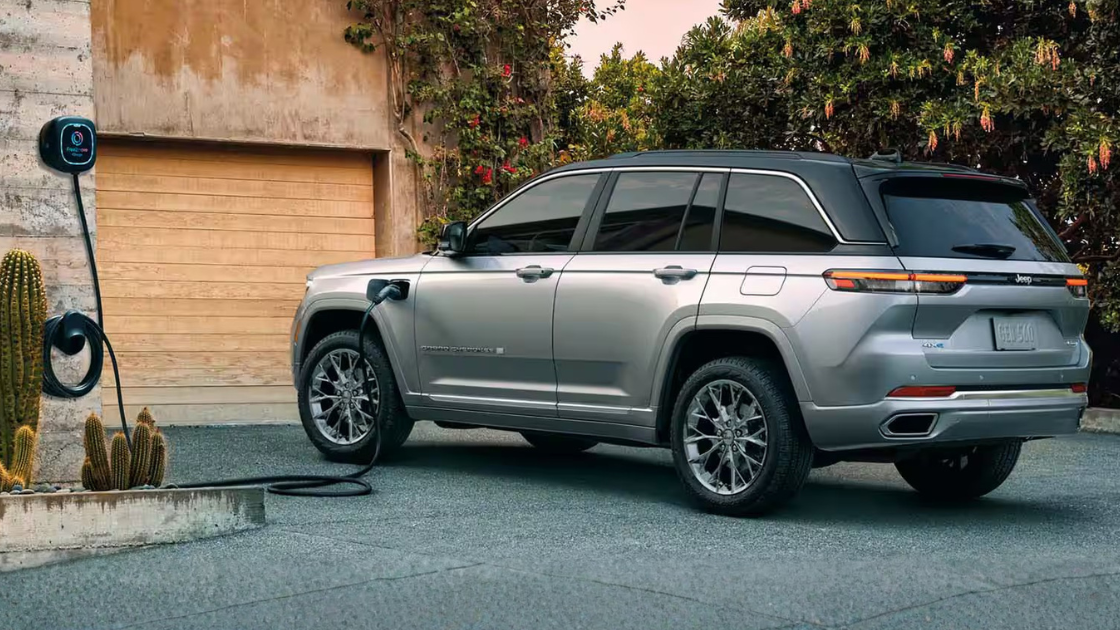
The rift between Japan’s biggest automakers is shrinking. Two clear alliances have now taken shape.
On the one hand stand Mazda, Subaru and Toyota. On the other sits Honda, Mitsubishi and Nissan.
This collaboration between competitors is nothing new. In fact, it seems like car manufacturers are starting to work more together more frequently than ever.
But if you’ve been paying attention to the news, you’ll know that automotive partnerships have a poor track record. Is that starting to change? Or are these new alliances doomed to fail?
Why do alliances fall apart?
In other businesses, internal problems, like cultural differences, are the main reason corporate marriages often fall apart. But, in the auto sector, the biggest factors are usually external.
To get an idea of how this works, let’s look at one infamous example:
Honda and General Motors: Many recent but unsuccessful alliances were fueled by electrification ambitions, as was the case for Honda’s and General Motors’ affordable EV joint venture.
The joint venture was announced back in 2022, during the height of EV optimism.
The goal was to co-design cheap electric SUVs that bridged the gap between eco-friendly models and middle-class buyers. They initially targeted a launch date in 2027.
That positivity didn’t last long. When the realities of the market set in, neither showed much interest in sticking around.
After months of silence, both brands officially abandoned their partnership in late 2023.
Zooming in: Why did this partnership struggle? Both brands expected the EV market to grow quickly. When that failed to happen, they were faced with the certainty of spending billions of dollars on the off chance things would turn around by 2027. It didn’t take them long to fold.
Become an automotive insider in just 5 minutes.
Get the weekly email that delivers transparent insights into the car market.
Join 77,000 others now, it's free:
Are today’s partnerships at equal risk?
While we don’t have a crystal ball, we can use the lessons learned above to gauge how risky Japan’s two automaker alliances are.
Honda-Mitsubishi-Nissan: The three plan to collaborate on a range of electrification goals, covering virtually every aspect of EV production.
Like Honda and GM’s ill-fated venture, this partnership is extremely exposed to external risks:
Sales are still on the upswing, but the EV segment is still hostile to most brands. Penetrating this market will require all three companies to invest huge amounts of money and time. This is assuming the market doesn’t slow down even more.
The partnership’s goals are numerous and ambitious. If one fails to uphold its side of the deal, the other two will need to pick up the slack.
There’s another layer to this:
Nissan’s global profits sank about 99% year-over-year in Q2.
If Nissan is forced to withdraw for budgetary reasons, the alliance is as good as dead, since it and Honda are the two leading brands in the trio.
Verdict: Maybe they can reduce EV costs by working together. But it all hinges on the EV market’s success. Even if electrification does speed up, the level of involvement, in terms of both effort and money, might not be manageable, especially for Nissan. Ultimately, it’s a big bet with too many variables to predict.
Mazda-Subaru-Toyota: Rather than committing funds to a massive group project, Toyota and its allies are taking a smaller-scale approach. Each brand is promising to develop its own next-generation ICE drivetrain, all of which will run on alternative fuels (biofuels, synthetic fuels, hydrogen, etc.).

This alliance is much more likely to succeed than the one formed by its rivals. Here are a few reasons why:
All three brands are relying on their own teams to achieve their goals. This means that if external factors impact one member of the group, the other two won’t be interrupted.
This partnership is focused on a reliable product (ICE drivetrains), which all three have decades of experience developing.
If the market does change and electrification begins to accelerate, the three brands could easily expand the focus of their collaboration to include EVs.
Verdict: This alliance makes sense for all three brands. Their goal is achievable and will make a positive impact on their sales regardless of what happens in the car market. Ultimately, it’s a safe bet, virtually guaranteed to succeed.
Bottom line: Nothing is gained without risk. However, automotive partnerships have far more to lose than standard business ventures, so making big bets like Nissan, Honda, and Mitsubishi isn’t advisable. That being said, small-scale collaborations show a lot of promise, and it seems like manufacturers are starting to wake up to that fact. If more brands take lessons from Mazda, Subaru and Toyota, we could soon see a world where alliances last much longer and make a far greater impact than those of the past.
OPENLANE brings you exclusive inventory, simple transactions and better outcomes — all with lower fees.
OPENLANE dealers can find thousands of listings everyday, from off-lease exclusive vehicles, rental, dealer trades and more — all combined with best-in-class inspections and easy-to-read condition reports. Sellers can sell fast, reach further and earn more with a nationwide network of serious buyers.
OPENLANE is the industry leader in innovation, rolling out new tools to make buying and selling easier. Visual Boost AI™ leverages the power of AI to help buyers review vehicles quickly and bid with confidence.
That’s wholesale on easy mode!
New to OPENLANE? Sign up now and receive a $350 buy fee credit.
Learn more at openlane.com.










